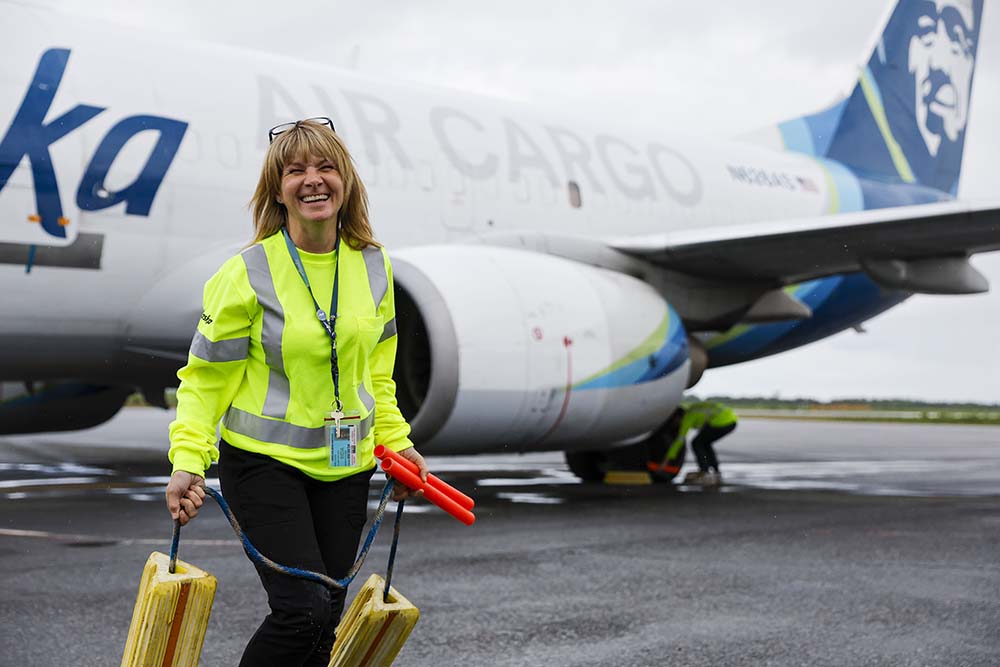How Bristol Bay sockeye salmon flies to your table with Alaska Air Cargo
Share
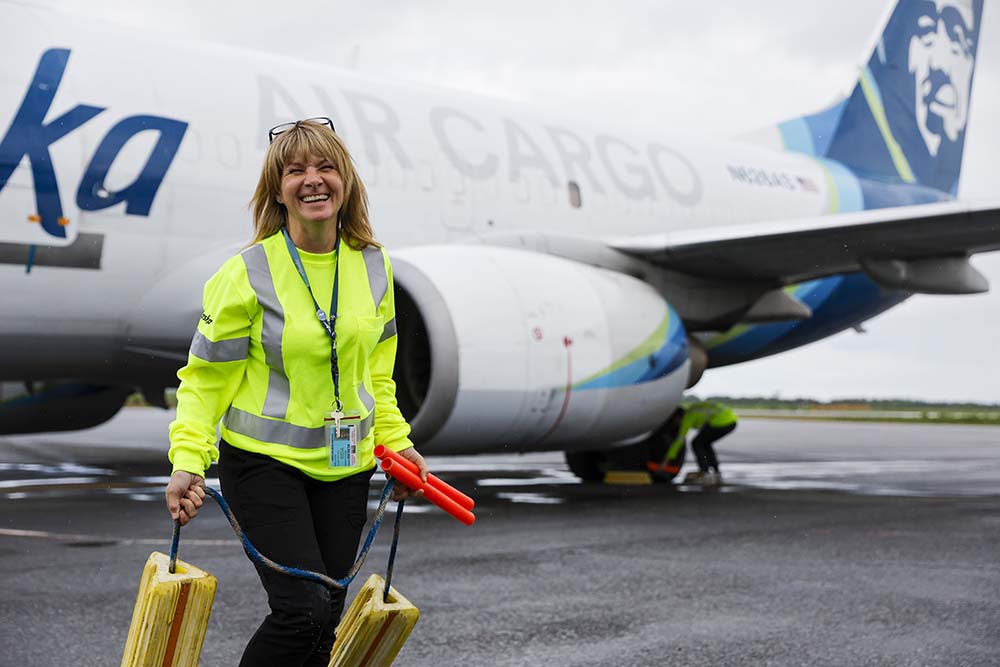
Photos by Joe Nicholson, Alaska Airlines
More than half the world’s sockeye salmon comes from Bristol Bay, where multigenerational fishing families are deeply invested in protecting the sustainable catch
For thousands of families who fish Bristol Bay in Southwest Alaska — the world’s largest sockeye fishery — working the family boat is a rite of passage. The adrenaline of the short season, with tens of millions of fish running into the bay’s six rivers over just a few weeks in June and July, gets many rookies hooked on a lifelong love of fishing.
Reba Temple was one of those kids who grew up begging her parents to let her fish with them in the bay.
Her mom and dad started fishing for sockeye in the early 1990s after fishing for years with their parents in Cook Inlet. When Reba was 14, her parents finally brought her aboard the fishing vessel FV Cloud 9.

“My sister and brother and I were the only deckhands, and we were so excited,” Temple said. Her dad ran the boat, and her mom showed them the ropes. ”From the get-go, it was my favorite time of the year.”
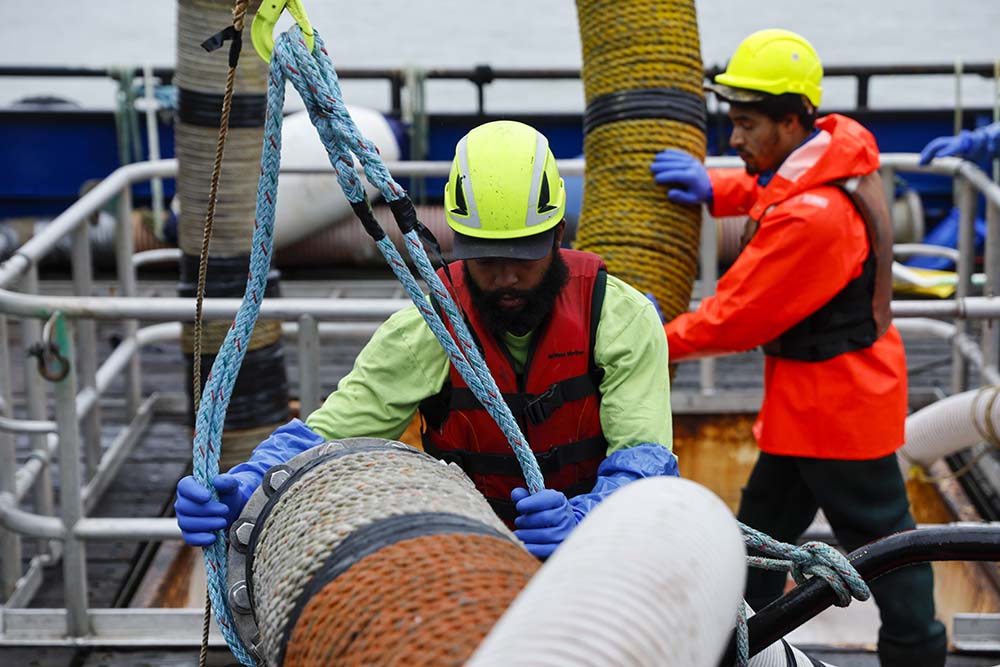
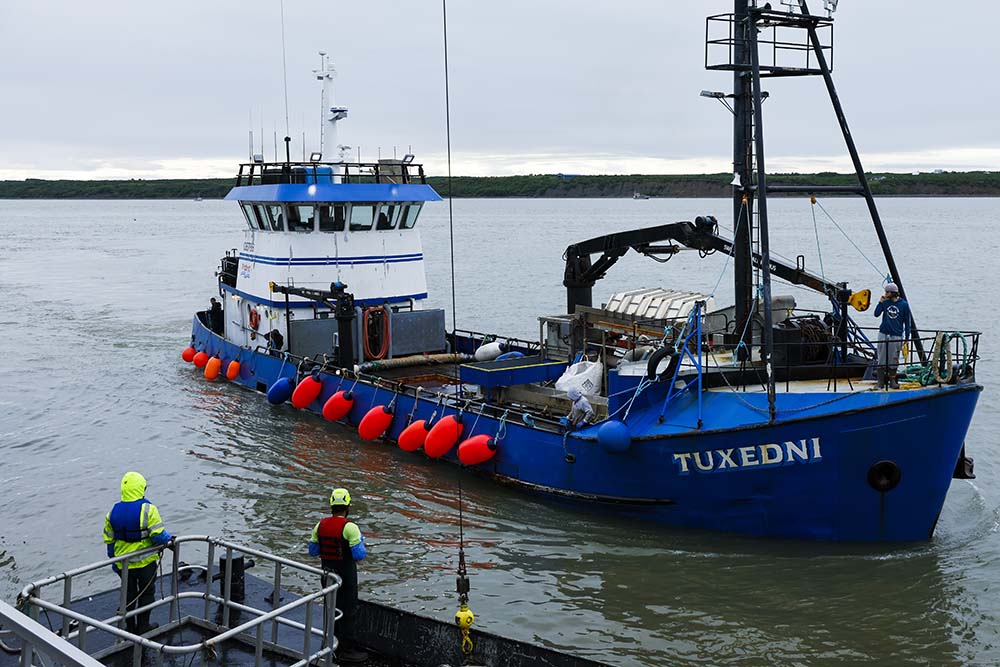
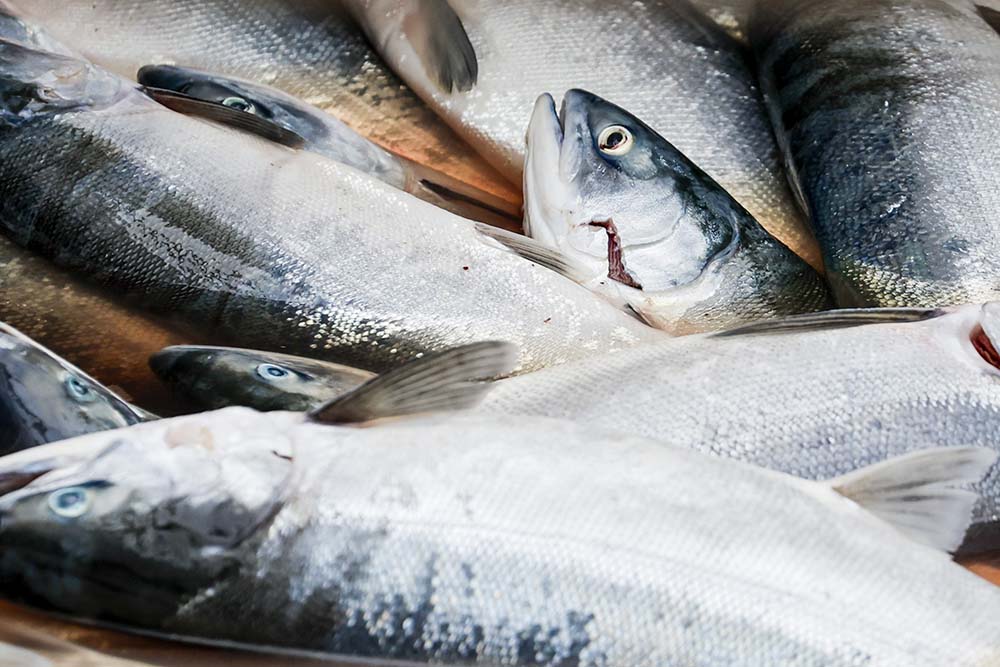
Nels Ure was a little younger when he started working on a boat with his dad, who also began fishing the bay in the early ‘90s.
“When you first start out, it’s chaotic and jarring – and absolutely addicting,” Ure said. “The three to seven days that are the peak, the fish are charging upstream, and you’re going from hundreds of pounds to thousands of pounds in your net. You’re on a 32-foot boat and all of a sudden you’re reeling in 900 to 1,200 feet of net and having to figure out how to get all the fish out of it.”
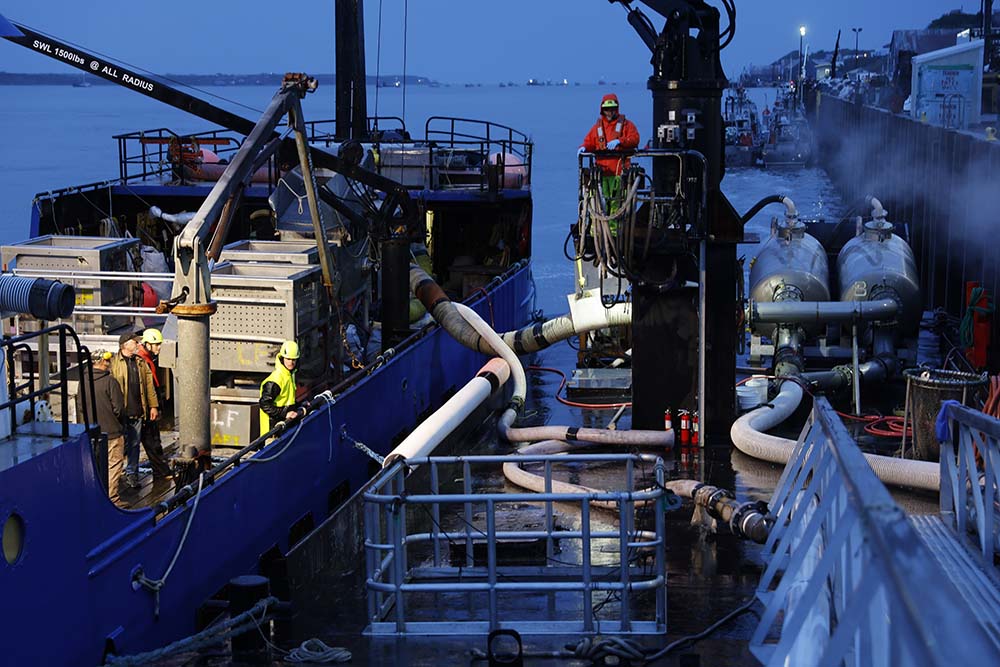
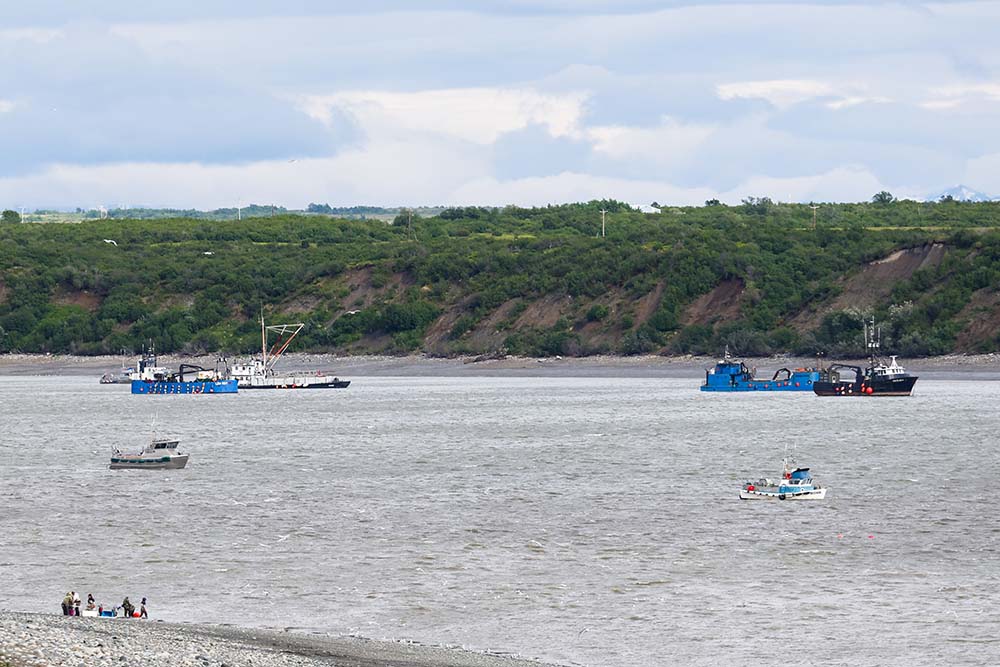
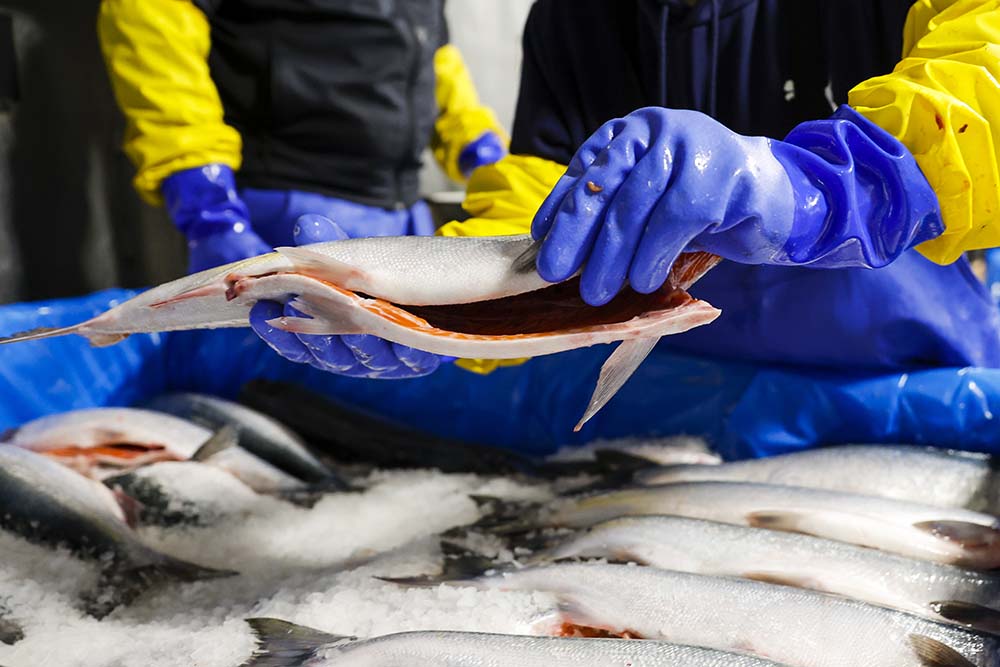
More than half the world’s sockeye salmon comes from Bristol Bay, where the state, scientists, fishing industry and Alaska Native tribes work together to sustainably manage the fishery.
Last year, a record 82 million sockeye returned to the bay. About 600,000 pounds of the 60 million salmon caught were carried fresh out of the Bristol Bay community of King Salmon (AKN) on Alaska Air Cargo freighters, destined for restaurants and grocery stores — and ultimately, diners’ plates — across the country and around the world.
“I get a little awestruck by the numbers coming in at the peak of the season,” said Shannon Stevens, Alaska Air Cargo sales manager for the state of Alaska.
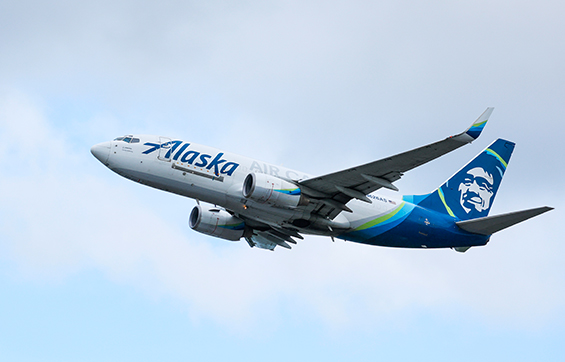
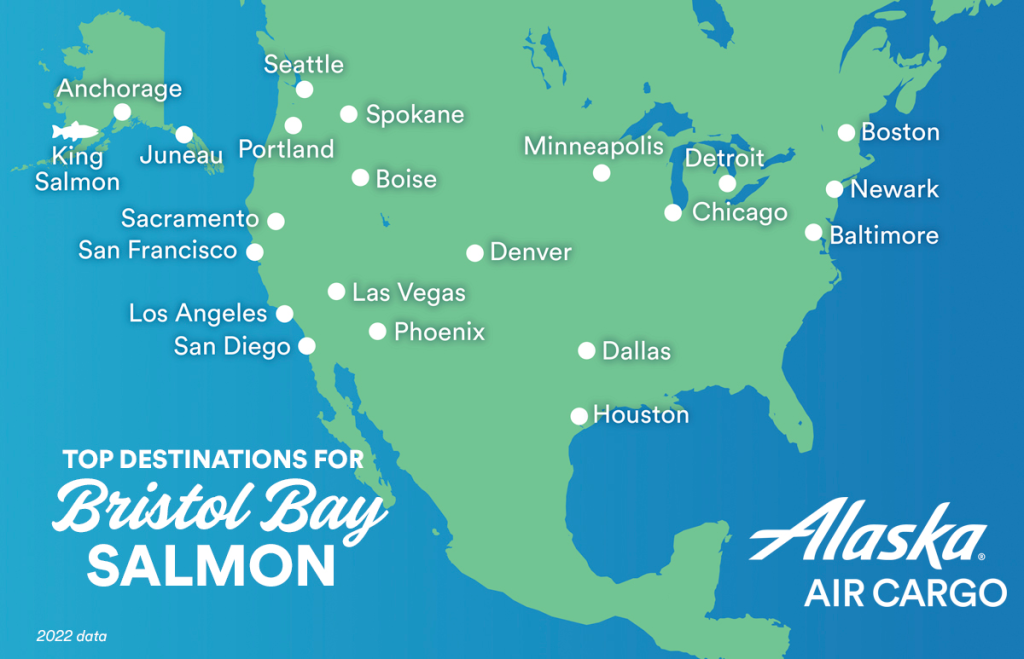
The new larger freighters will also be certified to fly long hauls over open water, including from remote communities like King Salmon to Seattle.

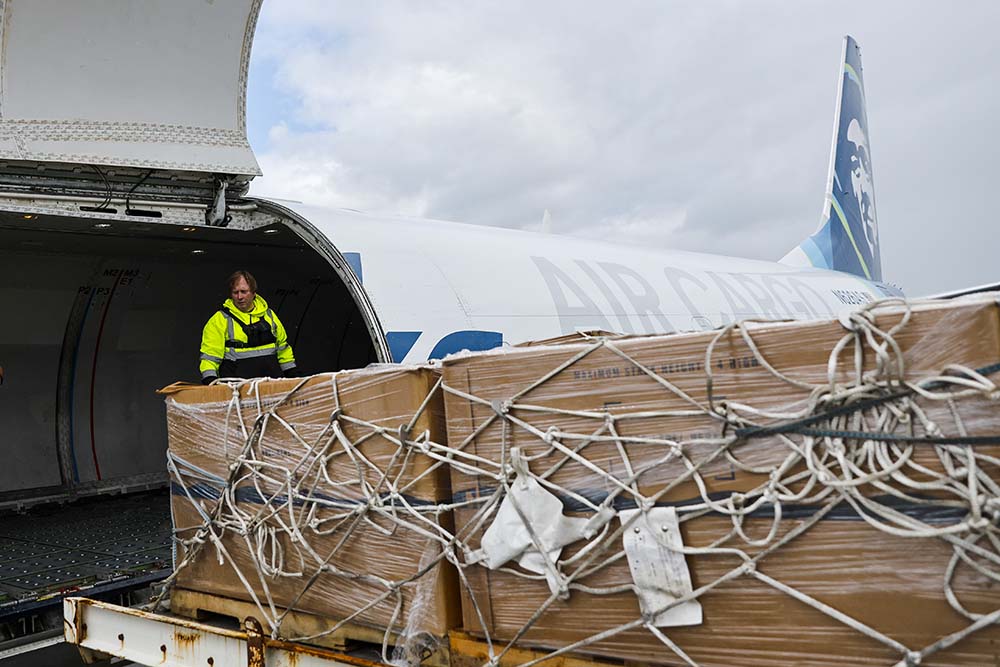

And while most of the Bristol Bay catch is frozen and carried out by barge, Alaska’s cargo team is investing in more payload to feed the nation’s growing appetite for fresh salmon. By the beginning of next year, we will add two new larger freighters, essentially doubling the fleet’s capacity.
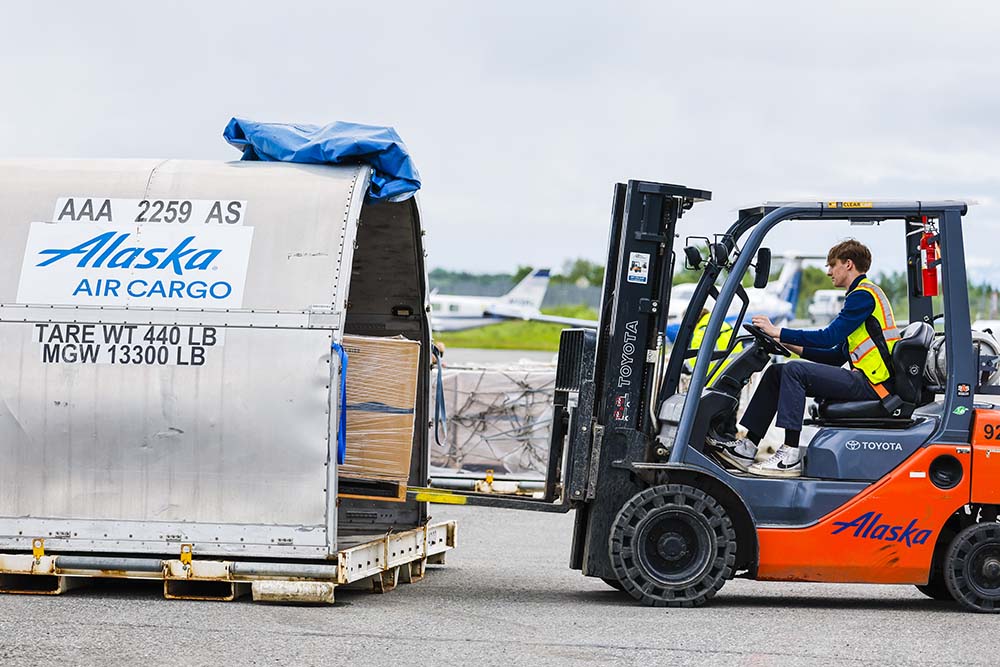

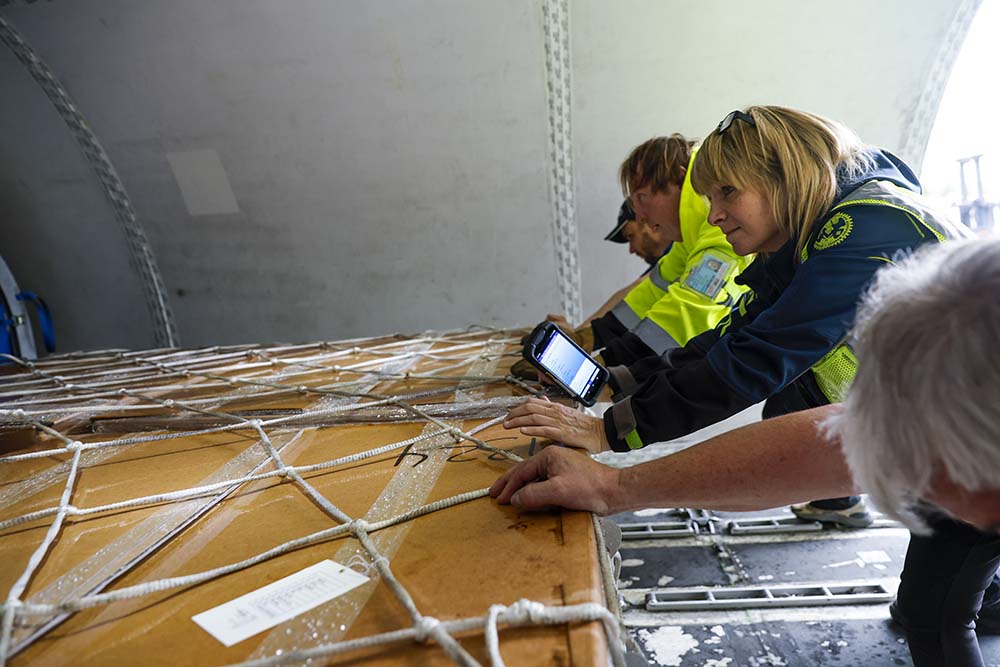
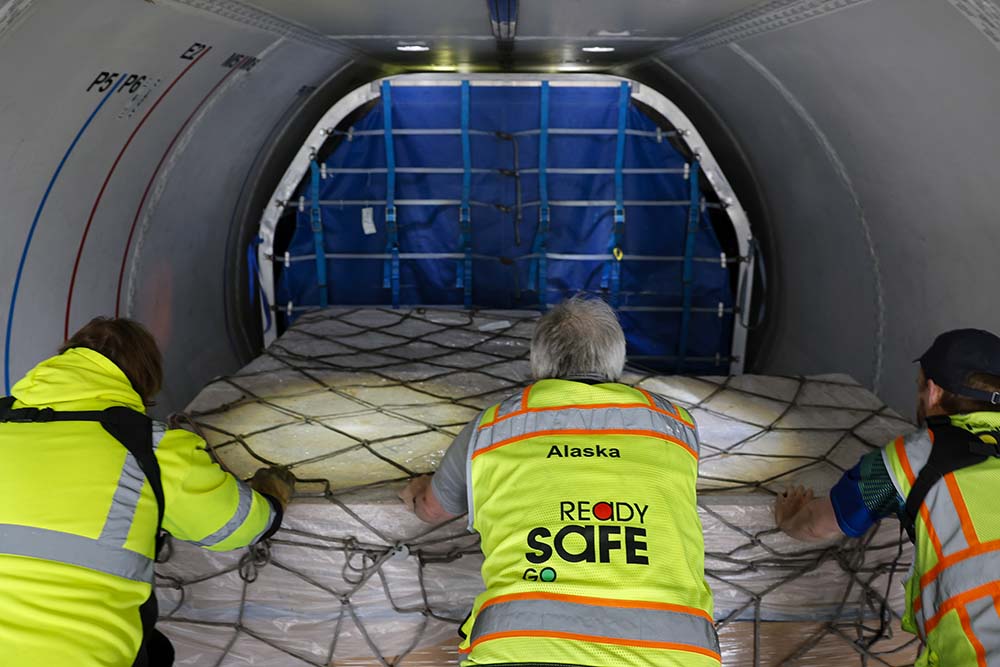
Sustainable for the long haul
In the ongoing effort to manage the fishery sustainably, the state Department of Fish and Game monitors the returns of each river feeding the bay. For the 2023 season, scientists forecast a total return of about 50 million salmon, well above average, with a net catch of 37 million fish.
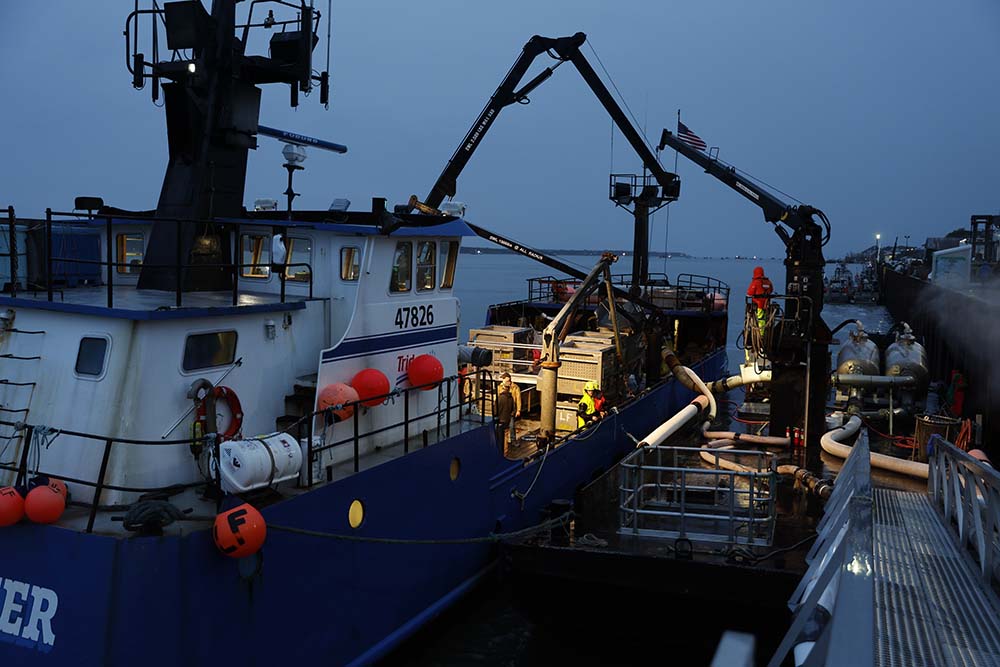
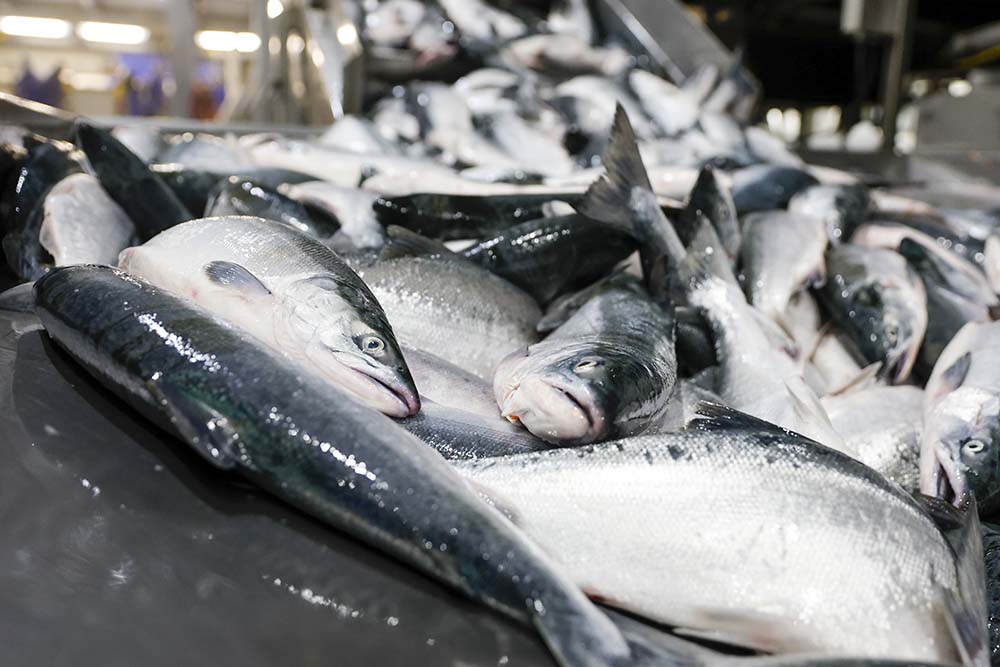
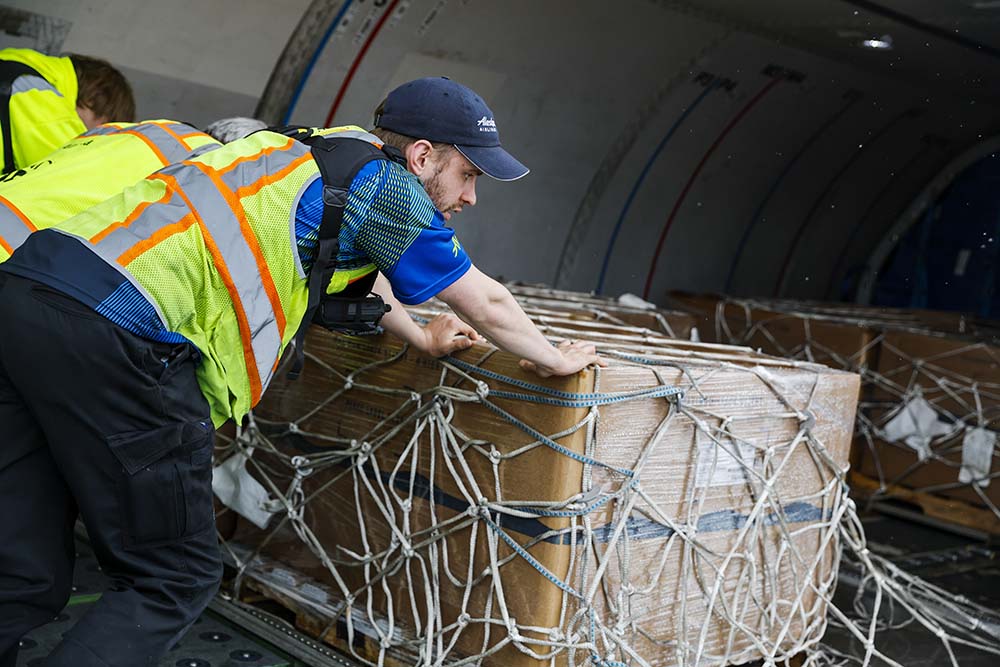
“The long-term goal isn’t about making the big buck just this year,” said Daniel Schindler, a fishery sciences professor at the University of Washington who has studied the salmon habitat for 27 years. “It’s really been about how do we keep the system going for a long, long time.”
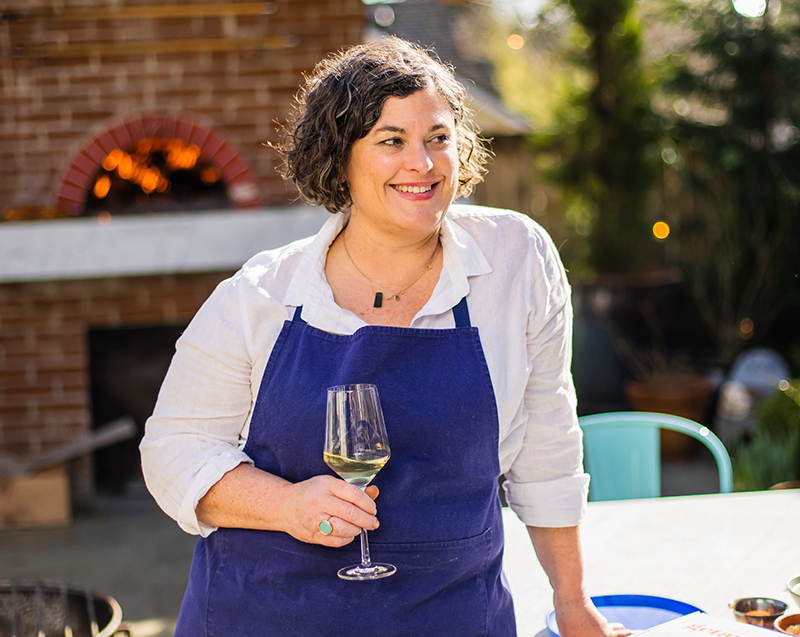
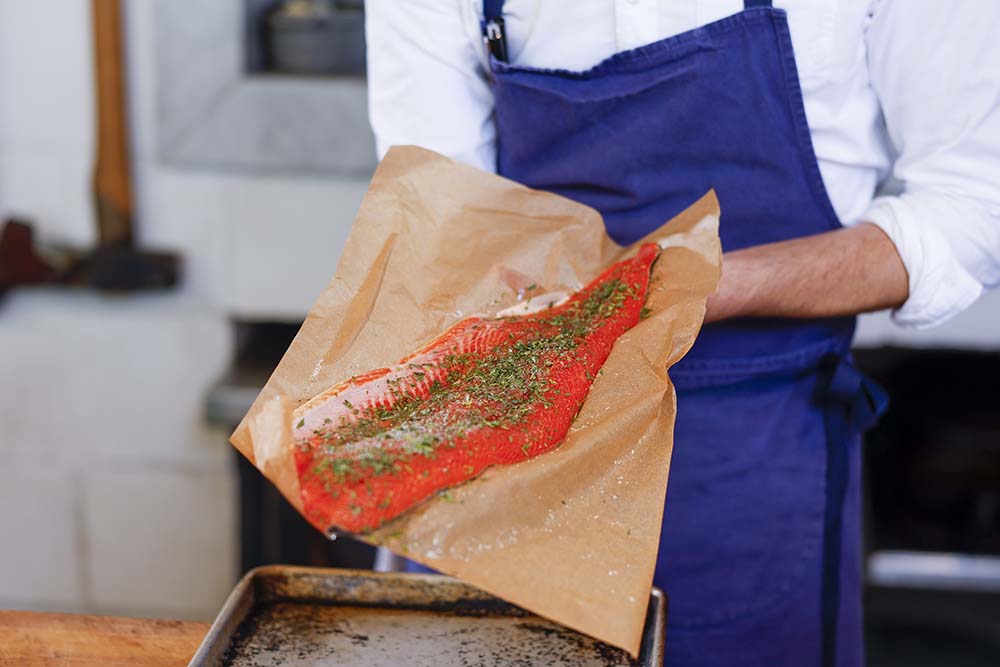
Seattle Chef Renee Erickson sources salmon from sustainable fisheries like Bristol Bay: “We love curing it because it’s so gorgeous.”
Ure, who lives in Naknek with his wife and young daughter, said the residents of the small communities nestled around the bay are invested in its long-term health. “Fishing supports so many economies: welders, all of the gear shops, net hangers, net menders,” said Ure, noting that fishing buoys local businesses year-round. “You have the actual salmon ecosystem, which is phenomenal, but then there’s an economic ecosystem that the salmon sustain as well,” he says.
Both Ure and Temple are looking forward to sharing the rush of the summer salmon run with the next generation.

“It truly is one of the biggest dreams in my life to get to fish with my kids and show them Bristol Bay,” said Temple, who has 2-year-old twins named Bristol and Sam. “I had so much fun spending summers out there with my family.”
Ure said his daughter is already toddling around the family’s fleet and setnet sites.
“I can imagine nothing greater than getting to spend our summers together bonding on the water, solving problems, and catching beautiful salmon,” he said.
